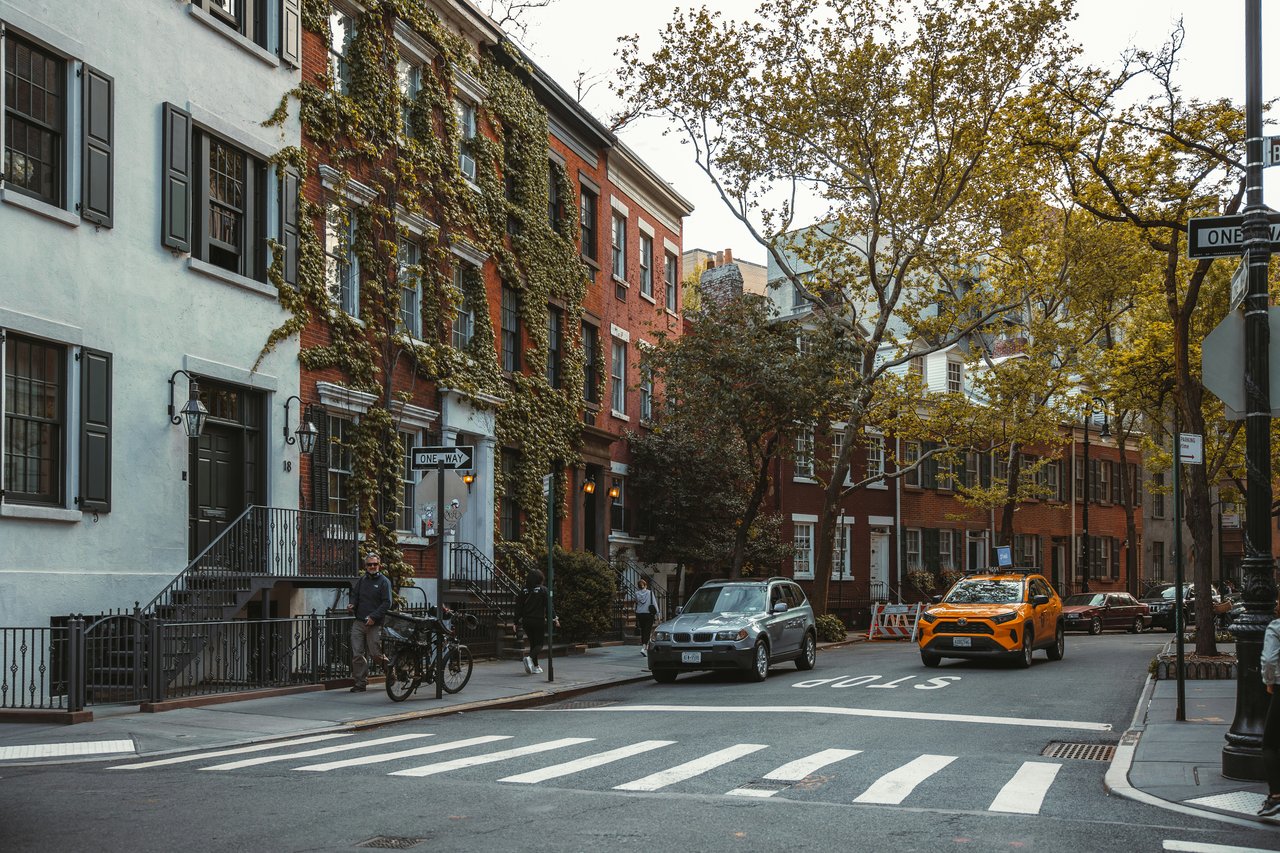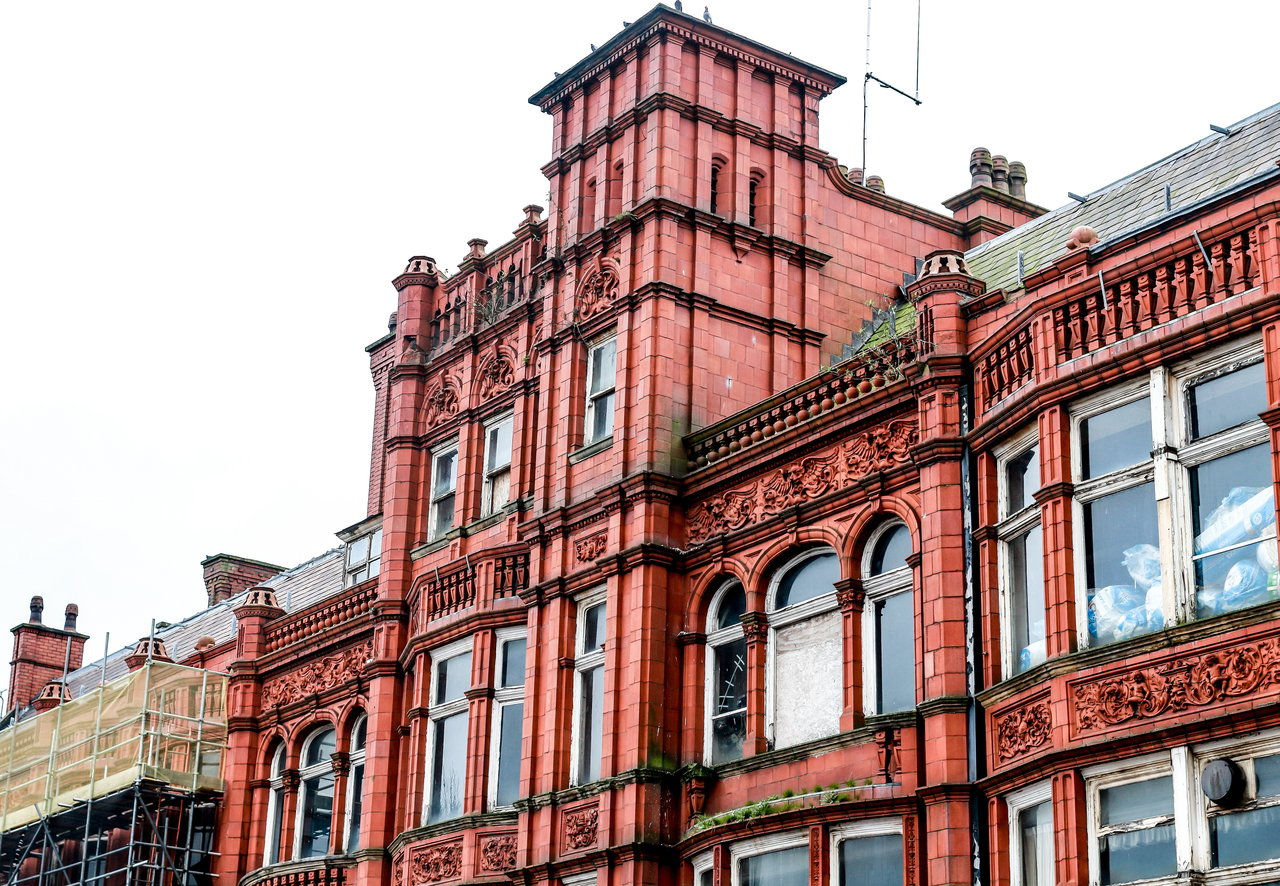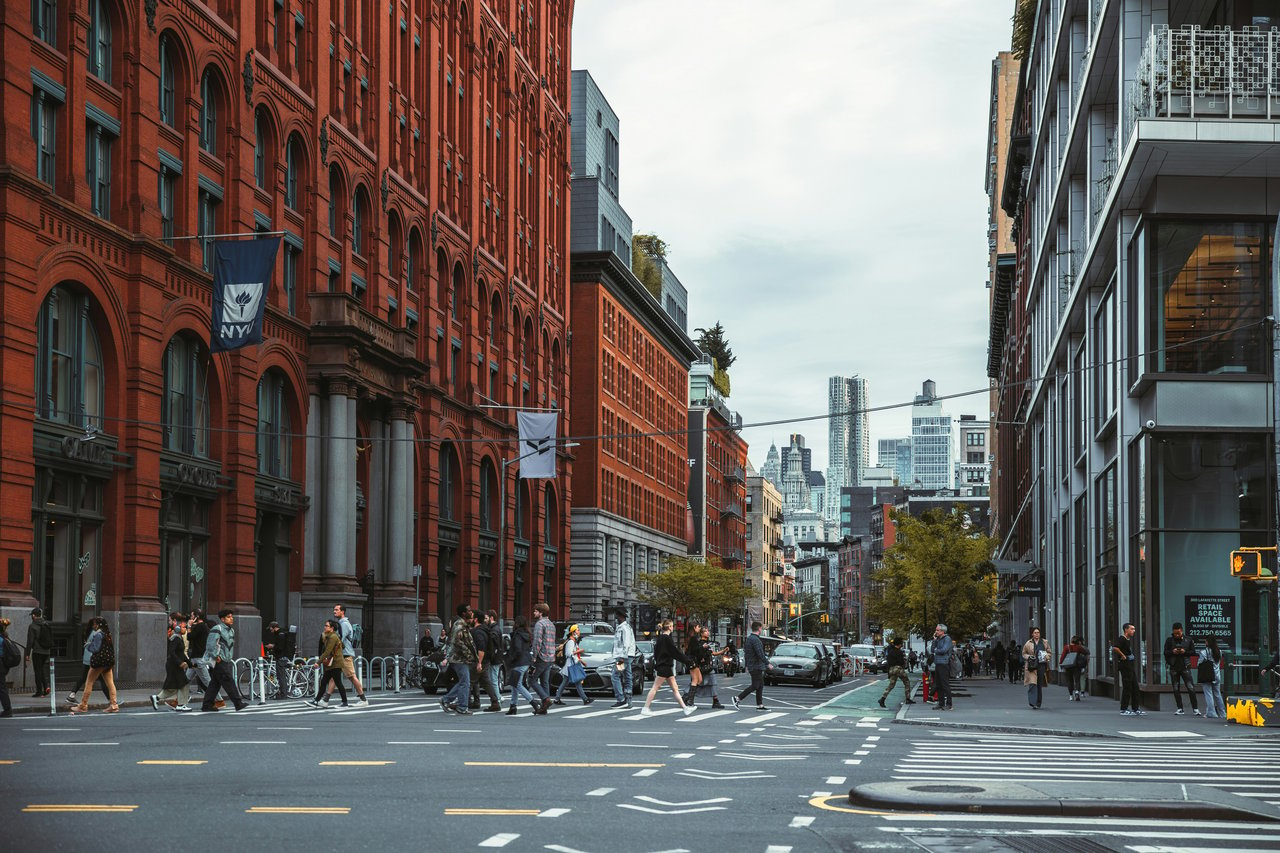SoHo is a name that resonates globally, but it holds something far more personal for me. I spent ten years living in this storied neighborhood, waking up each day to cast-iron facades, oversized windows, and the echo of footsteps on cobblestone streets. That decade gave me an unparalleled perspective into its character, its market, and its heartbeat.
This is not just the story of a neighborhood's gentrification. This is a layered portrait of transformation. SoHo evolved from a manufacturing hub to an artist sanctuary, and finally into one of the most luxurious residential enclaves in the world. As a SoHo real estate expert and a former long-time resident, I’ve watched every chapter unfold not from the outside, but from within.
Whether you're a buyer, a seller, or a design enthusiast, what follows is a comprehensive, firsthand account of SoHo’s journey from raw industrial lofts to multimillion-dollar residences.
The Industrial Skeleton of SoHo
In the late 19th century, the area south of Houston Street served as one of New York City’s most vital industrial centers. This wasn’t a residential district. These buildings were designed for function, not for comfort. They housed factories, printing presses, textile mills, and warehouses.
SoHo’s unique architectural identity came from its cast-iron buildings. Developers embraced cast iron because it was more affordable and more fire-resistant than stone, and it allowed for large window frames. These windows would later become highly desirable features, but they were initially installed for practical reasons to provide natural light to factory workers.
Many of these buildings featured high ceilings, thick support beams, and open interiors. When manufacturing died out in Manhattan by the mid-20th century, the buildings were left behind. For a time, SoHo was empty. A forgotten zone. It became known as Hell’s Hundred Acres due to frequent fires in the vacant structures.
The neglect, ironically, is what preserved SoHo’s potential.
Why the Architecture Matters Today
|
Feature |
Original Purpose |
Modern Appeal |
|---|---|---|
|
Cast-iron facades |
Economical, fire-resistant |
Historic charm and landmark status |
|
Oversized windows |
Factory lighting |
Abundant natural light, aesthetic |
|
Open floor plans |
Machinery space |
Loft-style living |
|
High ceilings |
Storage, air flow |
Spacious, airy interiors |
The very qualities that once made these buildings efficient factories now make them some of the most sought-after residences in New York.
The Artist Invasion
By the 1960s, SoHo’s vast empty buildings became fertile ground for a different kind of industry creativity. Artists, priced out of other parts of Manhattan, began moving into the abandoned factory floors.
These artists were not moving into legal housing. Zoning laws did not permit residential use. But enforcement was lax, and the need for space was absolute. These large lofts allowed painters, sculptors, dancers, and musicians to live and work in the same environment.
Living in SoHo at the time meant sharing your space with creativity. Studios doubled as living rooms. Floors served as gallery spaces. The neighborhood transformed into a cultural incubator.
Cultural Figures Who Defined the Era
-
Donald Judd turned 101 Spring Street into a minimalist masterpiece.
-
Jean-Michel Basquiat brought his raw, emotional art into local galleries and streets.
-
Keith Haring created visual stories that extended far beyond the canvas.
The buildings pulsed with energy. If you lived in SoHo in the 70s or early 80s, you were not just witnessing history you were part of it.
The Loft Law and Legal Transformation
In 1971, the City of New York passed the Artist in Residence (A.I.R.) program. It was the city’s way of acknowledging what had already taken root. The law allowed certified artists to live in commercial buildings designated for manufacturing use legally.
Although restrictive, only artists could apply it began a process of legitimization that would forever change the trajectory of SoHo real estate. These buildings could now be converted legally, setting the stage for future development.
A few years later, additional Loft Laws expanded residential rights for non-artists as well. What started as a workaround became a full-blown transition.
Key Milestones in SoHo Zoning History
|
Year |
Event |
Impact |
|---|---|---|
|
1971 |
A.I.R. zoning approved |
Legalized artist live-work lofts |
|
1982 |
Loft Law (Article 7-C) enacted |
Broadened legal protection for residents |
|
1990s |
Landmark status applied to many blocks |
Limited future demolition or alterations |
These legal changes not only protected the artists, but they also preserved SoHo’s architectural heritage.
The Era of Gentrification
By the 1990s, SoHo’s identity as an artist enclave was shifting. Galleries began moving west to Chelsea, and upscale retail crept in. Initially, this meant high-end furniture boutiques, fashion startups, and design firms. Eventually, luxury brands arrived in full force.
Prada, Chanel, Dior, and Apple opened flagship stores. Tourists came not for the art, but for the shopping. Rents rose. Many artists sold their lofts or were priced out.
I moved into SoHo in the early 2000s. While the artistic spirit remained in corners, the transformation was undeniable. What struck me most was how the buildings themselves carried both stories, one of creativity and one of capital.
Real Estate Becomes the Main Character
By the 2000s, SoHo real estate had emerged as a global investment class. Scarcity played a significant role. There are only so many cast-iron buildings. Landmark preservation laws meant there was no building up, no tearing down, and few new developments allowed.
Buyers from around the world started competing for original lofts. They were buying not just space, but narrative. Owning a SoHo loft became synonymous with a particular brand of prestige, historic, artistic, but undeniably luxurious.
A Loft’s Journey in Value
|
Year |
Description |
Value Estimate |
|---|---|---|
|
1980 |
Raw artist-certified loft |
$75,000 |
|
2004 |
Renovated legal live-work loft |
$1.25 million |
|
2022 |
Designer-restored, prime block |
$9.75 million |
These are not hypothetical figures. They are based on actual case studies of clients I have worked with.
Modern SoHo: Where History Meets High-End
Today, SoHo is one of the most luxurious residential markets in the world. But unlike other wealthy enclaves, its appeal is rooted in its imperfections: the exposed pipes, the original hardwoods, the iron columns that divide a living room.
Buyers are no longer limited to those in the creative fields. Finance professionals, tech executives, international investors, and legacy New York families are now the primary buyers.
Who Buys in SoHo Today
-
Tech founders seeking flexible live-work layouts
-
International investors are buying second or third homes
-
Creative executives drawn to the neighborhood’s design legacy
-
Legacy buyers expanding real estate portfolios
Living in SoHo: An Insider’s View
SoHo is not just about the homes. It’s about the lifestyle. As a former resident, I experienced its rhythm in ways that tourists or even occasional visitors never do.
Cobblestone streets are charming but challenging for those wearing heels and riding bicycles. Grocery delivery can be inconsistent due to traffic. But those same cobblestones are what preserve the character. The narrow, tree-lined blocks make it feel like a village within the city.
You’re within walking distance of Michelin-starred dining, cutting-edge fashion, fitness studios, and serene cafes. But you’re also steps away from history, from 19th-century architecture to murals that still speak to the neighborhood’s soul.
Comparing Old and New SoHo
|
Characteristic |
Historic Loft |
New Development |
|---|---|---|
|
Architecture |
Cast-iron, exposed brick |
Glass, steel, modern minimalist |
|
Ceiling Height |
12–15 feet |
9–11 feet |
|
Amenities |
Limited, unique to each unit |
Full-service doorman, gym, parking |
|
Ownership Type |
Co-op or condo (often converted) |
Condo |
|
Price Per Sq. Ft. |
$2,500–$3,200+ |
$3,500–$4,000+ |
Both property types attract buyers, but the motivations vary. Some want legacy and architectural provenance. Others wish for new tech, elevators, and climate-controlled wine cellars.
What Makes SoHo a Unique Investment
Scarcity is key. SoHo is not replicable. You cannot build another SoHo in Manhattan. Every property is either protected or closely regulated. This has significant implications for investors and end users.
A combination of limited inventory, historic significance, and global demand drives appreciation. While price per square foot may rival or exceed Upper East Side cooperatives or Billionaire’s Row towers, SoHo delivers an entirely different kind of value, one rooted in story, not just skyline views.
How to Approach the SoHo Market
Whether you're buying or selling, SoHo requires a different strategy. It’s not just about comps and square footage. Each building is unique. Each loft has a story.
For Buyers
-
Work with someone who knows the inventory intimately
-
Understand the implications of Landmarks status
-
Verify building financials, especially in smaller co-ops
-
Be prepared to act quickly, inventory is limited
For Sellers
-
Invest in proper staging that highlights historic details
-
Use high-end photography and storytelling-driven marketing
-
List with an agent who can access private and off-market channels
-
Understand the pricing psychology unique to this market
Ready to Buy or Sell in SoHo?
SoHo is not just a neighborhood. It’s a legacy. It’s a statement. Whether you are investing in a classic loft or a modern penthouse, you are becoming part of a story that stretches back over 150 years.
I’ve lived it. I know every corner, every building, and every nuance of this market. If you're ready to make a move in SoHo, whether buying, selling, or just exploring what’s possible, I would be honored to guide you.
Reach out today. Let’s walk these blocks together and find the next chapter in your own SoHo story.
For consultations, off-market opportunities, and detailed market reports, reach me.



